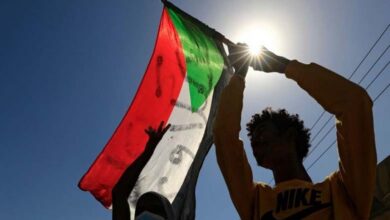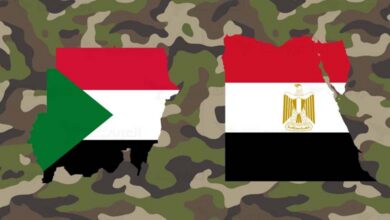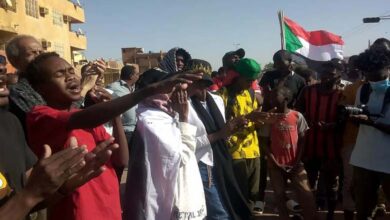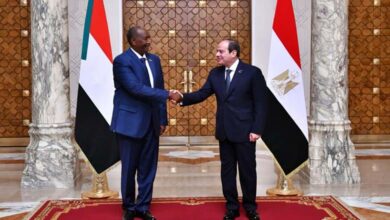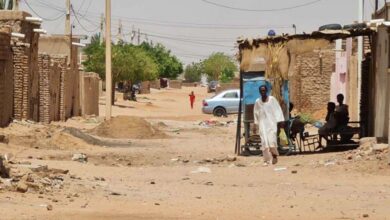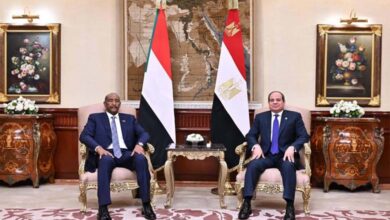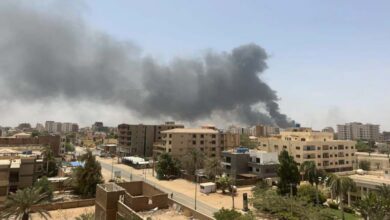Escalation of the Conflict Between the Army and Armed Movements: Darfur Becomes a New Battleground for Influence
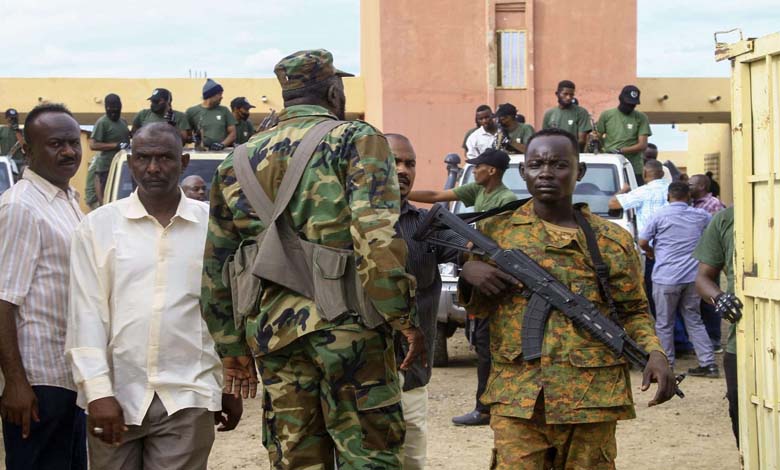
Amid growing complexities on the Sudanese scene, clear signs have recently emerged indicating a sharp escalation in tensions between the Sudanese army and the armed movements that were previously part of peace agreements. This renewed friction puts Darfur once again at the heart of the conflict, threatening to tear apart what remains of the already fragile social and security fabric.
-
Armed Forces and Militant Movements Supporting the Sudanese Army Sign Transitional Document
-
Sudanese Army Issues New Decision Banning Recruitment Operations for Allied Armed Movements
Army Decisions and Their Impact on Relations with Armed Movements
The Sudanese army has taken a series of decisive measures, interpreted as being directly aimed at the armed movements. Notable among these actions are: halting recruitment operations carried out by some groups in their areas of control, expelling their members from northern and eastern states, and suspending the supply of weapons and logistical support. These steps were seen by the leaders of the armed movements as a breach of the Juba Peace Agreement and a direct challenge to their military and political presence, further fueling tension and deepening polarization between the two sides.
-
Darfur Burns Again: Armed Movements Use Civilians as Human Shields in El-Fasher
-
The Muslim Brotherhood’s Congratulations to the Sudanese Army… A Move That Reveals the Group’s Role in Fueling the Conflict
Using Civilians as Human Shields in El-Fasher
As Rapid Support Forces advanced toward the city of El-Fasher, some armed groups aligned with the army resorted to tactics that placed civilians in immediate danger. These movements prevented thousands of civilians from leaving the city, using them as human shields to hinder the attackers’ advance. This behavior, which constitutes a blatant violation of international humanitarian law, reflects the groups’ determination to retain their positions and zones of influence—even at the expense of civilian lives and safety.
-
Khartoum’s Liberation Exposes Alliances: Muslim Brotherhood’s Congratulatory Message to the Sudanese Army Raises Questions
-
The Sudanese Army Committed Horrific Field Executions in Khartoum
Displacement Camps Turned Into Military Bases
The exploitation of civilians extended beyond El-Fasher. Armed movements transformed displacement camps, notably Abu Shouk and Zamzam, into military bases where their fighters are stationed. The Sudanese army and intelligence services uncovered heavy weapons and military IDs inside these camps—clear evidence of their militarization and use as platforms for both offense and defense. These practices not only endanger the civilians living in the camps, but also undermine the credibility of the armed groups in the eyes of both local and international communities.
-
Sudan between the Flames of War and the Map of Influence: A Struggle for Territory or Survival
-
A Turning Point in the Sudan War with the Army’s Recapture of the Presidential Palace in Khartoum
A Struggle to Preserve Influence in Darfur
Armed movements are exerting all their strength to maintain their military and political presence in the Darfur region, especially in El-Fasher, which is seen as a strategic gateway for sustaining their influence within the transitional government in Port Sudan. To achieve this, they have not hesitated to use civilians as human shields in El-Fasher and in the camps of Abu Shouk and Zamzam, in clear violation of all international norms and laws. This escalatory approach reveals not only a deep crisis of trust between the army and the armed movements, but also the fragility of peace agreements that were never built on solid fondations, remaining hostage to narrow interests and shifting power balances.



